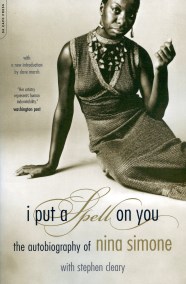By clicking “Accept,” you agree to the use of cookies and similar technologies on your device as set forth in our Cookie Policy and our Privacy Policy. Please note that certain cookies are essential for this website to function properly and do not require user consent to be deployed.
Inside Jazz
Contributors
Formats and Prices
Price
$19.99Price
$25.99 CADFormat
Format:
Trade Paperback $19.99 $25.99 CADAlso available from:
By 1940 the big band sound had grown stale, and jazz musicians began to search out new sounds and styles. At the Harlem nightclub Minton’s Playhouse, a small group of musicians — John Birks, Dizzy Gillespie, Coleman Beau Hawkins, and Thelonious Monk, among sounding blend of flatted fifths, unfamiliar chord lines, and accelerated offbeat rhythms. They were joined on 52nd Street by alto saxist Charles Bird Parker, and bop — or bebop, as it was first called, from the triplet figure buh-BE-bop — was born.
Bop was aggressive, provocative, and belligerent, Its proponents wore gears and berets and refereed to the Dixieland and New Orleans diehards as moldy figs who in tureen labelled the new jazz the modern complex chord, and a new reperatory into jazz, and by the end of the forties the moldy figs were forced to concede that bop was indeed the harbinger of a new direction in American jazz.
Critic Leonard Feather was one of the earliest and most persistent champions of bop. It was he who persuaded RCA Victor that the new music was worth recording. His Inside Jazz is a full-length account of bop: its origins and development and the personalities of the musicians who created it. Numerous photographs and anecdotes bring this innovative era in jazz history to life once more.
Genre:
- On Sale
- Nov 22, 1977
- Page Count
- 262 pages
- Publisher
- Da Capo
- ISBN-13
- 9780306800764
Newsletter Signup
By clicking ‘Sign Up,’ I acknowledge that I have read and agree to Hachette Book Group’s Privacy Policy and Terms of Use







